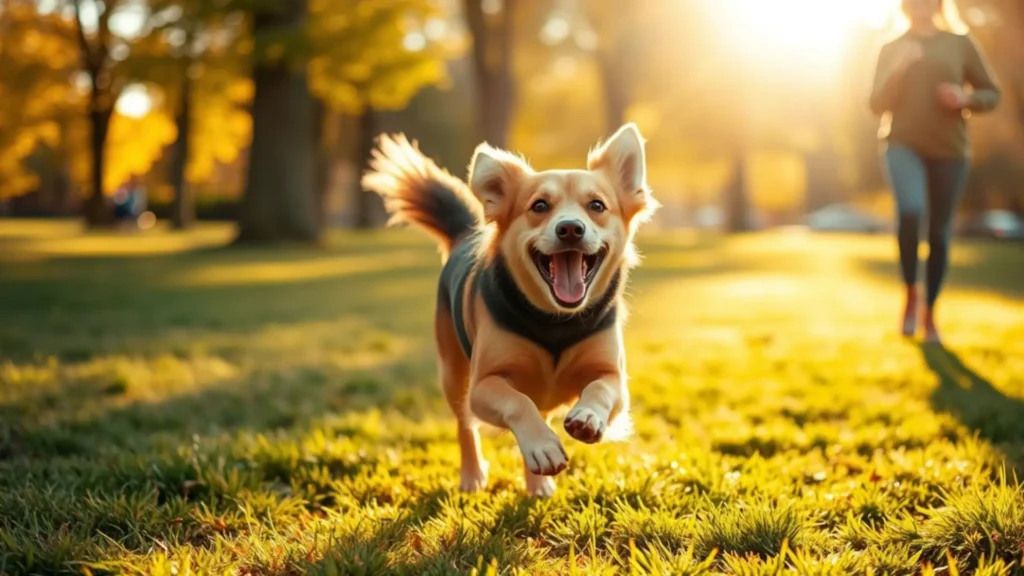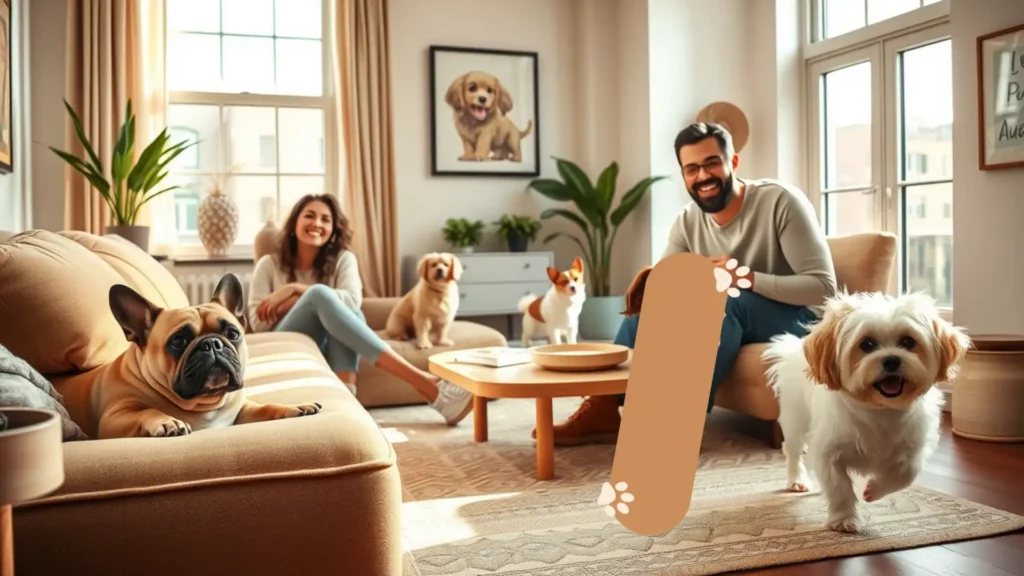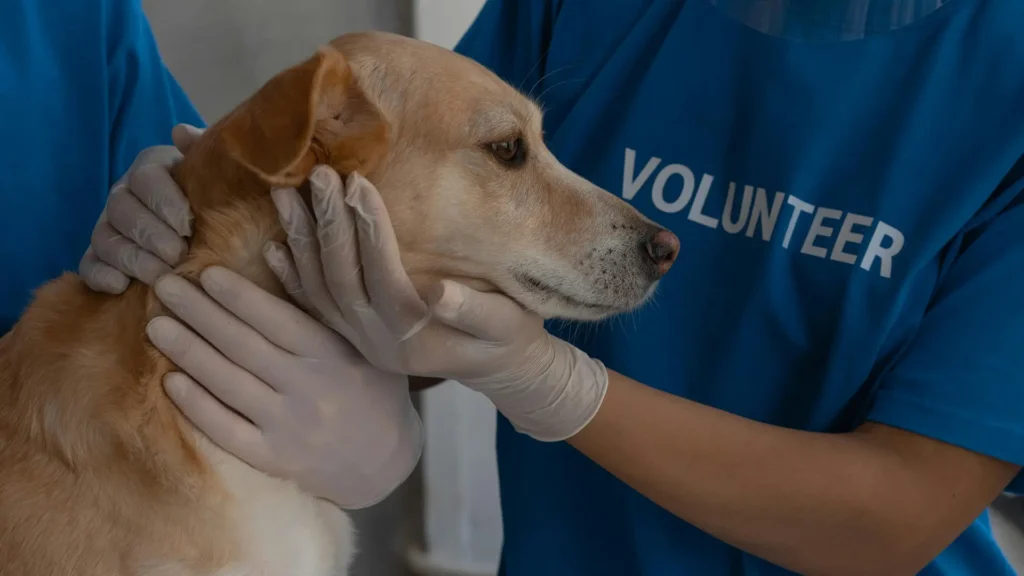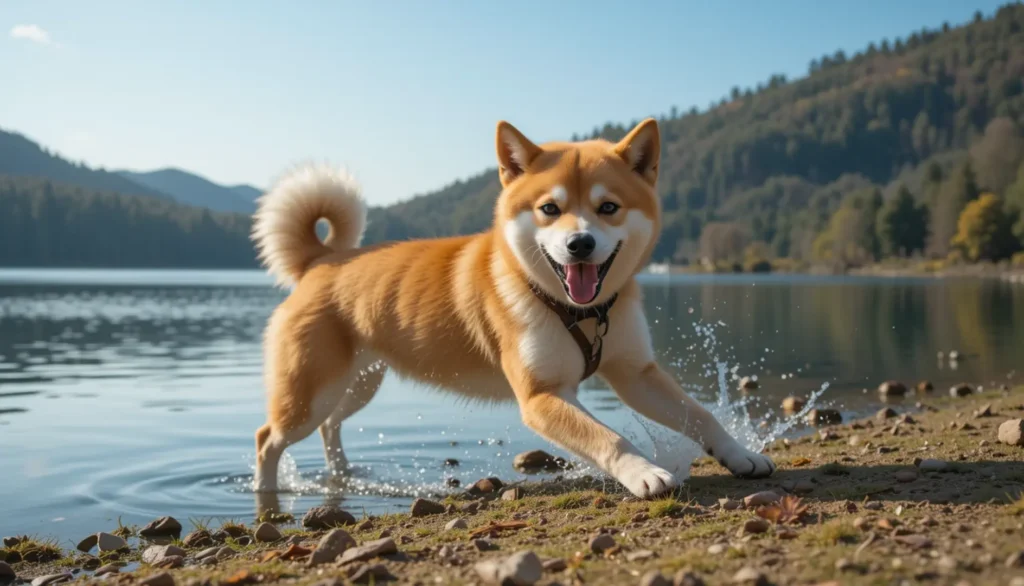Dogs are your family. Capturing their playful antics, soulful eyes, and joyful expressions in photographs is a wonderful way to preserve memories.
Why Taking Photos of Your Dog is Important
Taking photos of your dog is a wonderful way to capture and preserve the fleeting moments. A snapshot of your dog mid-zoomie, napping in a sunbeam, or giving you that classic head-tilt can freeze those little quirks and expressions forever.
Your furry friends have shorter lifespans than you do. These photos let you revisit the happiness they brought long after they’re gone. It’s like building a visual time capsule of your shared story.
Clear, up-to-date pictures can be a game-changer if your pup ever slips out the door or dashes off at the park. You can quickly share those images on social media, with local shelters, or on lost-pet flyers. These help others recognize your dog and get them back to you faster.
It’s a small step that could make a big difference in a stressful situation. Plus, taking regular photos keeps you prepared.
Finally, snapping pics of your dog can deepen your connection with them. When you’re behind the lens, you start noticing their tiny details.
It’s a creative way to engage with their personality and quirks. It turns everyday moments into something artsy and fun.
Research hints that pet owners who actively document their animals feel more attached. And honestly, with dogs being the photogenic goofballs they are, it’s hard not to enjoy the process. So, what’s that one thing your dog does that you’d love to capture forever?
Here are some tips and tricks to help you take great photos of your dog.
Know Your Equipment
Taking great photos of your dog starts with understanding the tools you’re using. Try to know how to maximize your equipment’s capabilities. This can elevate your photography game significantly.
Modern smartphones are equipped with powerful cameras. However, to get the best results, it’s essential to familiarize yourself with some key features.
Portrait mode creates a blurred background (bokeh effect). This helps isolate your dog as the main subject. It’s especially useful when shooting in busy environments where the background might otherwise distract.
HDR mode balances lighting by combining multiple exposures into one image. This is helpful in situations with strong contrasts, such as bright skies and shaded areas. For example, if you’re photographing your dog against a sunset, HDR can prevent the sky from being overexposed.
Burst mode allows you to take multiple shots in quick succession. This increases the chances of getting the perfect action shot—whether it’s a mid-air leap or a playful run.
DSLR camera gives you more control over your images. Know your DSLR before taking great photos of your dog.
Aperture (f-stop) controls the depth of field. It determines how much of the image is in focus. A wide aperture (low f-stop number like f/2.8) creates a shallow depth of field. It blurs the background and makes your dog stand out.
Conversely, a narrow aperture (higher f-stop like f/11) keeps more of the scene in focus. This is ideal for group shots and scenic backgrounds.
Shutter speed affects how motion is captured. A fast shutter speed (1/500th of a second or higher) freezes action. This is perfect for catching your dog mid-jump or sprint.
A slower shutter speed introduces motion blur. Use this creatively to convey movement. But it’s generally less useful for dog photography unless you’re aiming for artistic effects.
ISO controls the camera’s sensitivity to light. In bright conditions, keep the ISO low (100-400) to avoid noise (graininess). In low-light situations, increase the ISO. But be cautious—higher ISO values can introduce noise. So find a balance that maintains image quality.
Adjusting white balance ensures accurate color representation. For example, if you’re shooting in daylight, set the white balance to daylight or cloudy to avoid overly blue or yellow tones.
Choose the Right Environment
The environment you choose can make or break your dog photos. A well-thought-out setting enhances the visual appeal of your images.
Lighting is arguably the most important factor in photography. Try to use natural light. It is the most flattering for both humans and animals.
The hour after sunrise and the hour before sunset are known as golden hours. During these times, the light is soft, warm, and diffused. It creates a beautiful glow that flatters your dog’s fur and minimizes harsh shadows. This is an excellent time for outdoor shoots.
Avoid midday sun. Direct sunlight at midday creates unflattering shadows and cause your dog to squint. If you must shoot during this time, look for shaded areas where the light is softer and even.
Cloudy skies act as a natural diffuser. It spreads light evenly across the scene. This is called overcast days. These days are ideal for capturing detailed shots.
A busy background can distract from your dog. It’s important to choose clean backdrops to allow your pup to shine.
Parks, beaches, forests, and fields provide stunning natural backdrops. Look for trees, water, and open spaces that complement your dog. If you live in a city, consider using urban landscapes like brick walls, alleyways, and graffiti murals. These add an edgy vibe to your photos.
Sometimes the best photos are taken right at home. Plain walls, cozy blankets, and backyard serve as perfect settings for intimate portraits.
Get Down to Your Dog’s Level
Don’t shoot your dog from above. It rarely captures the full personality of your pet. To truly engage with your dog through your photos, you need to meet them where they are.
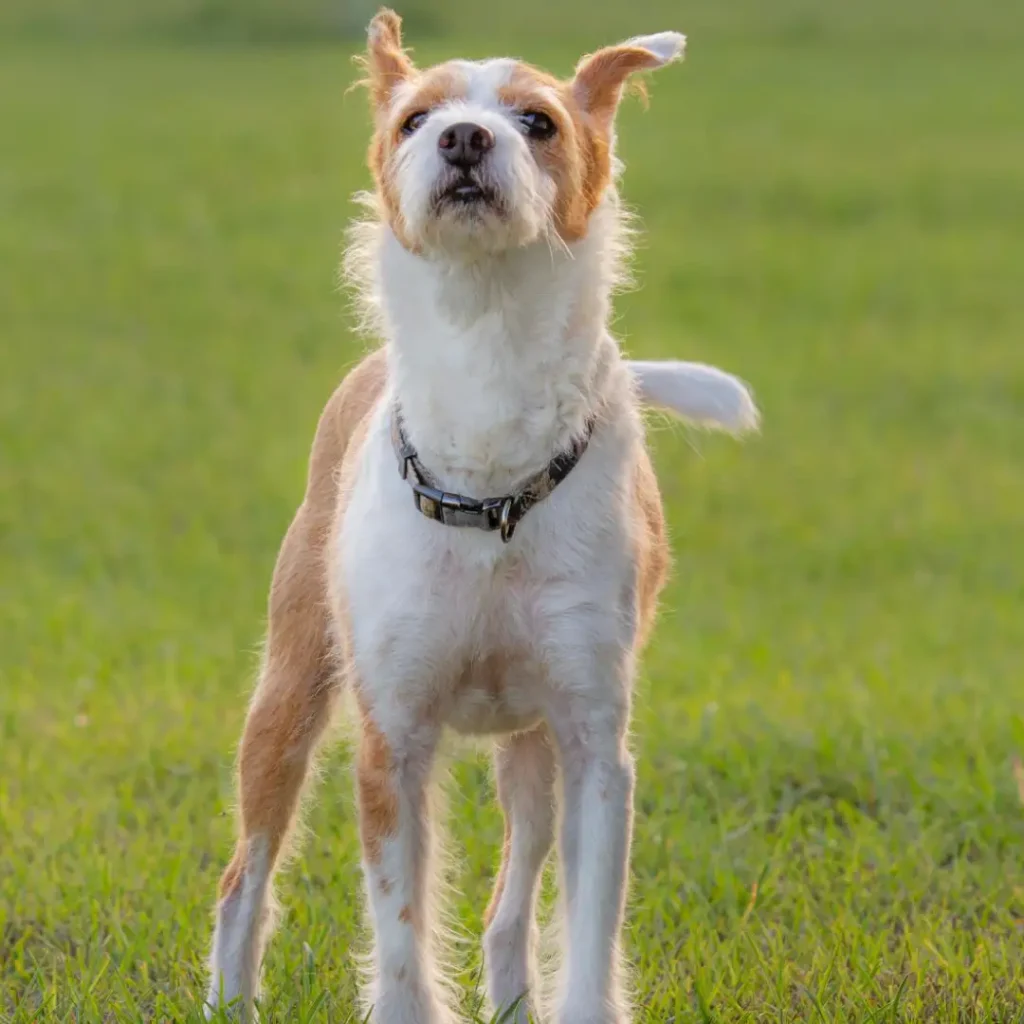
Position yourself at your dog’s eye level. Lying down allows you to connect with your dog on their terms. This captures their expressions and emotions in a way that feels personal and genuine. This technique works well for close-up shots.
Don’t be afraid to play around with different angles to add variety to your shots. Shooting at eye level creates a strong emotional connection between you and the dog. It’s perfect for portraits.
Shooting from a low angle (below your dog’s eye level) make your dog appear larger than life. This angle adds drama and impact to the image. This is particularly effective for large breeds.
By varying your angles, you can tell different stories with your photos.
Capture Personality and Emotion
The best dog photos go beyond technical perfection. They capture the essence of your dog’s personality. Every dog is unique. Showcasing their quirks and charm is what makes your photos truly special.
Leverage treats and toys. It can help you capture expressive moments. Hold a treat near your camera to grab your dog’s attention. You can also use treats to guide your dog into specific poses. Just be careful not to overdo it.
Squeaky toys are great for eliciting playful expressions. Squeak the toy near your camera to encourage your dog to look directly at the lens.
Don’t be afraid to make funny noises, clap your hands, or jump around to get your dog’s attention. Dogs respond well to excitement. Your enthusiasm can translate into joyful photos.
Before diving into the photo session, give your dog time to burn off excess energy. Take them for a walk, or engage in their favorite activity. Once they’ve calmed down, they’ll be likely to cooperate and stay focused during the shoot.
Patience is perhaps the most important virtue in dog photography. Unlike humans, dogs don’t take direction well. so you’ll need to wait for the right moment to unfold naturally.
Keep your camera ready at all times. Be prepared to snap quickly when your dog does something adorable.
Remember, the goal is to capture your dog’s true self, not force them into unnatural poses. Let their personality shine through, and the photos will speak for themselves.
Focus on the Eyes of Dog
Eyes are often considered the most expressive part of a dog’s face. Capturing them sharply can make your photos truly stand out. Clear eyes convey emotion, personality, and depth. This turns an ordinary snapshot into a captivating portrait.
Use autofocus. Modern cameras and smartphones come equipped with advanced autofocus systems. This allows you to pinpoint exactly where you want the focus to be. Ensure your dog’s eyes remain the focal point.
Tap on the screen of your smartphone to select the focus point. Tap directly on your dog’s eyes to lock the focus there. This ensures that the eyes are sharp and draw the viewer’s attention.
Use single-point autofocus in your DSLR camera to target your dog’s eyes specifically. Many cameras offer eye-detection autofocus. This automatically tracks and focuses on your dog’s eyes.
For action shots, switch to continuous autofocus (AF-C or AI Servo mode). This will help the camera track your dog’s eyes as they move. This ensures they stay in focus throughout the shot.
Try to eye contact. This creates a powerful emotional connection to your photos. To do this, gently call your dog’s name. Be sure to do this while holding the camera.
Or create unexpected sounds to grab their attention. Try making a kissing sound, whistling, or squeaking a toy near the camera to encourage them to look directly at you.
Sometimes letting your dog gaze off into the distance can create a dreamy mood. This works especially well in scenic settings like fields and beaches.
Freeze the Action
Dogs are energetic. Capturing them in motion can result in dynamic photos. Freeze the action. It requires precision and timing.
One of the easiest ways to capture fast-moving subjects is by using burst mode. This allows you to take multiple shots in rapid succession. On most smartphones, you can activate burst mode by pressing and holding the shutter button.
DSLRs and mirrorless cameras have a continuous shooting mode that lets you capture several frames per second. This is ideal for action-packed scenes, such as catching your dog mid-jump or during a game of fetch.
Timing is everything when photographing active dogs. Pay close attention to your dog’s behavior and anticipate their next move.
Notice patterns in your dog’s movements. Anticipating these actions will help you press the shutter at just the right moment.
Keep your finger on the shutter button and your camera pointed at your dog. Action happens quickly. Being prepared ensures you won’t miss those fleeting moments.
Freezing action captures the physical energy of your dog. It also preserves the joy and excitement of their playtime.
Edit Your Dog Photos Thoughtfully
Post-processing is an important step in refining your photos. This enhances the natural beauty of your dog. Subtle edits elevate your images.
Proper exposure ensures your dog is neither too dark nor too bright in the photo. If parts of your dog’s face or body are underexposed, gently increase the brightness to reveal details without losing contrast.
Overexposed areas can wash out important features like fur texture and facial expressions. Lower the highlights to recover lost detail.
Boosting contrast slightly make colors pop and add depth to the image. However, avoid overdoing it. Excessive contrast creates harsh shadows and unnatural tones.
Crop wisely. This helps eliminate distractions and improve composition. Use the rule of thirds to position your dog off-center for a balanced and visually appealing image. Most editing apps provide grid lines to guide you.
Crop out unwanted elements from the edges of the frame. This keeps the focus squarely on your dog.
Enhance colors. Slightly increasing saturation can make fur colors vibrant. Be cautious not to oversaturate. This can make the image look unrealistic.
Correct any color casts caused by lighting conditions. For example, warm indoor lighting may give your photo a yellowish tint, while fluorescent lights can make it appear blue. Adjust the white balance to ensure accurate colors.
Taking great photos of your dog doesn’t require professional expertise. It just takes patience, creativity, and love. By following these tips, you’ll not only improve your photography skills but also deepen your bond with your four-legged friend.

